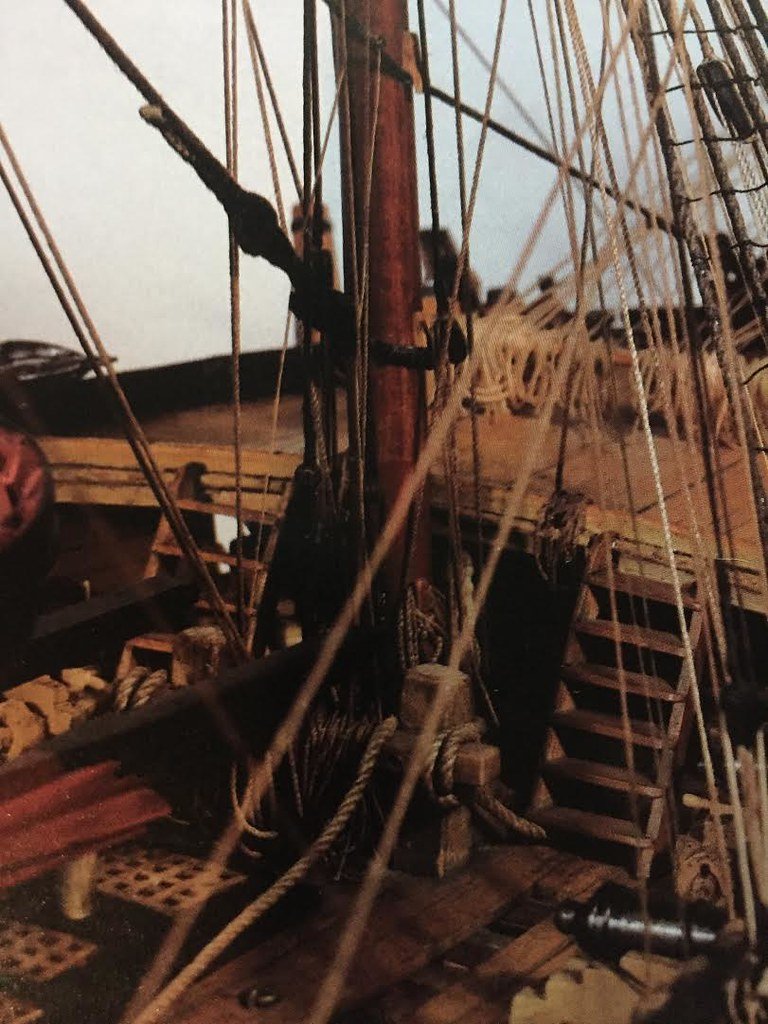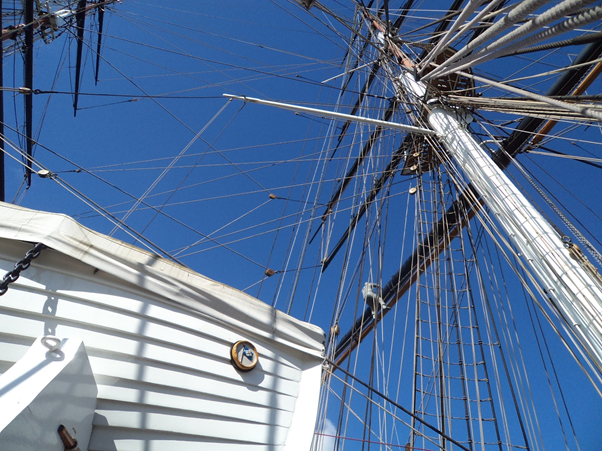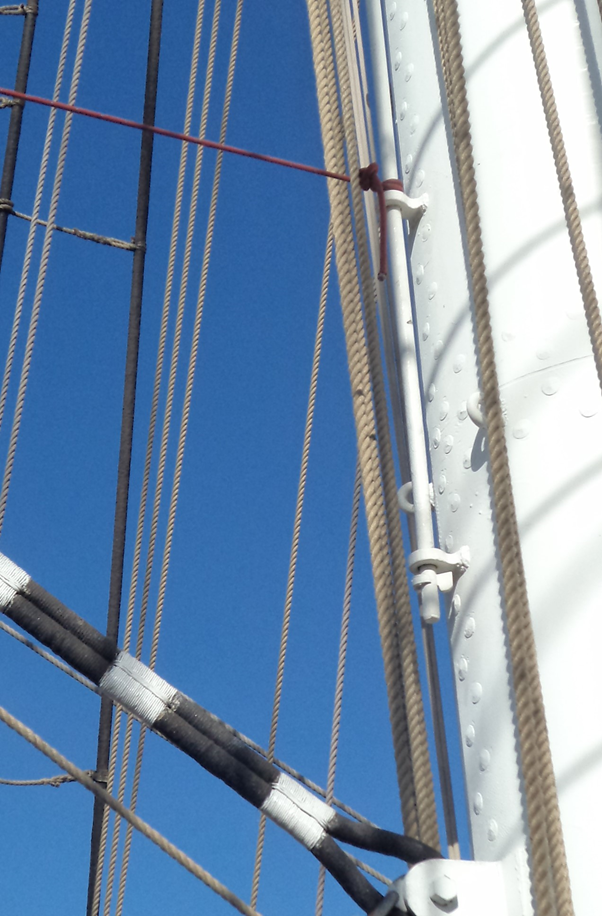
TIPP
-
Posts
8 -
Joined
-
Last visited
Content Type
Profiles
Forums
Gallery
Events
Everything posted by TIPP
-
USS Frolick : Would you please share your understanding of a "topgallant fo'c'sl" deck
Is this simply a fo'c'sl that is ABOVE the main pin rail? Where is it in relation to a clipper with a topgallant rail above the main pin rail?
-

A "top gallant forecastle" deck (as described and spelled in contemporary communications) is simply a short deck before the fore mast, usually seen on flush decked sloops-of war, that are relatively flush with the cap rail. They assist the sailors in working the anchors and foremost rigging, and in some cases it is a platform for mounting a small carronade, normally used in a boat during cutting out expeditions. Think of it as a poop deck for the bow. Here is one on a Cruiser Class brig:
 0 by Stephen Duffy, on Flickr
0 by Stephen Duffy, on Flickr
Hope this helps.
-
-
rwiederrich
Would you be kind enough to let me have your email address please ?
graemetipp@aol.com




